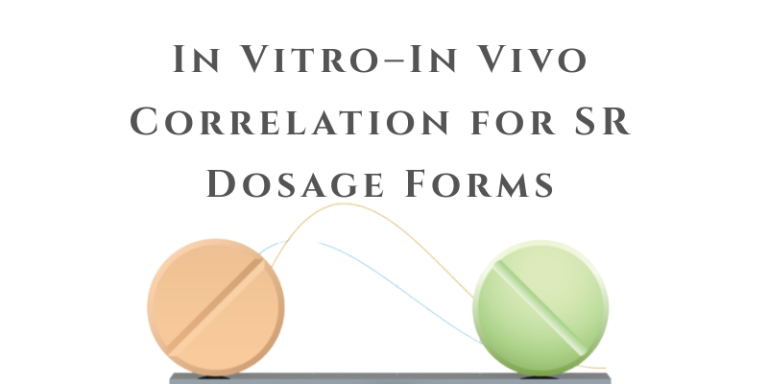Stability Study of BE Batch
A Frequently Overlooked Yet Crucial Step in Generic Drug Development. When a formulation is finalized and development stability data is already generated, teams often wonder:
Q: “If we manufacture a fresh batch for the pivotal bioequivalence (BE) study, do we need to place it on stability again?”
Answer: YES. Absolutely.
Even if:
- The formula remains unchanged,
- The manufacturing process is identical, and
- Development batches have established stability.
The pivotal BE batch must still be placed on stability—and here’s why:
Agencies like USFDA, EMA, TGA, and CDSCO expect:
- That the actual BE batch (used for human studies) is covered by ongoing stability studies.
- That this batch is representative, stable, and reflective of commercial product characteristics.
This is not just a formality—it’s part of ensuring safety, efficacy, and data reliability in the clinical phase.
Q: When Should You Start the Stability?
A: Stability should be initiated at the time of BE batch manufacture—not after the BE study.
- Use ICH conditions (e.g., 25°C/60% RH and 40°C/75% RH) and sample as per your protocol.
Q: Do You Have to Wait for 3-Month Accelerated Data Before Starting the BE Study?
A: No, you don’t have to wait. You can initiate the BE study immediately after batch release, provided:
- The product passes initial QC and release testing.
- Stability study on the BE batch is started in parallel and is ongoing during the BE trial.
- 3-month accelerated and real-time data should be available before filing the dossier or responding to regulatory queries.
It’s a parallel track, not a sequential dependency.
Best Practice Tip:
Always maintain traceability and documentation of:
- The BE batch manufacture,
- Release data,
- Stability initiation date,
Interim stability results prior to submission.
This adds robustness to your dossier and helps avoid regulatory pushbacks.
Read also:
- Bioequivalence (BE) Study Designs
- Bioequivalence Study for Solid Oral Drug Products
- Alternative Approaches for BE Study of Locally Acting Drugs
Resource Person: Moinuddin Syed. Ph.D, PMP®







